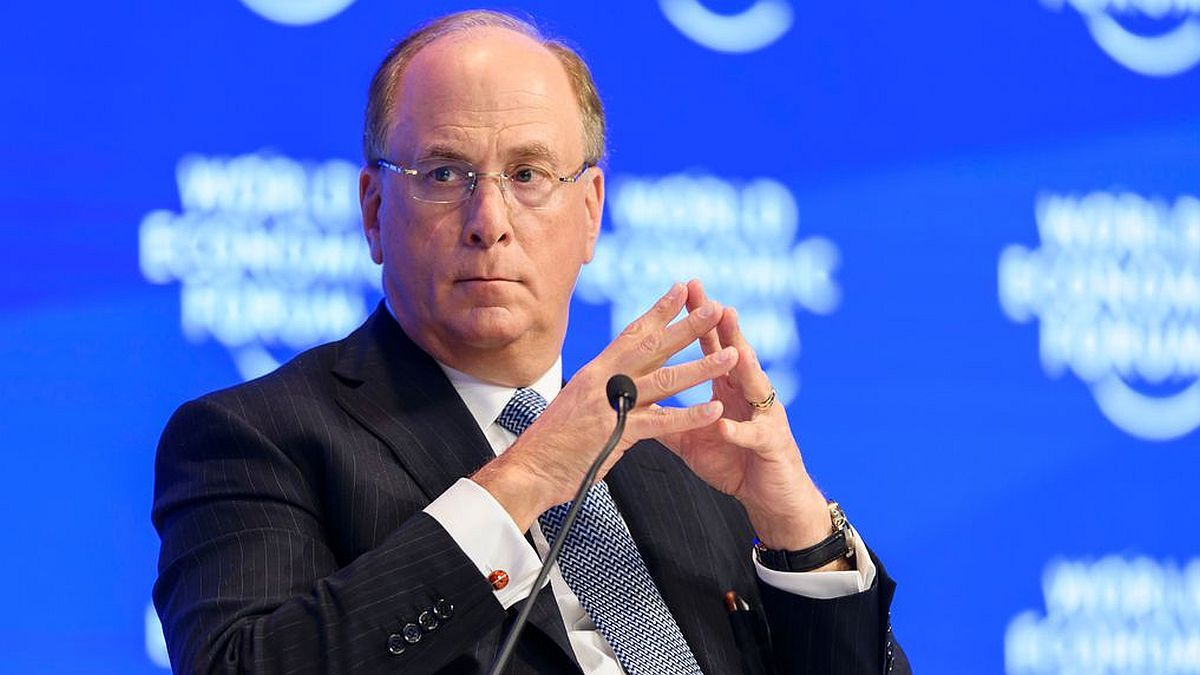The Ministry of Economy launched the call for the last tender for debt in pesos in Septemberthe most challenging month of the year in terms of maturities. On this occasion, the payments to be refinanced amount to $7.1 trillionThe auction will take place this Thursday and the team of Luis Caputo He put eleven securities on the table: eight fixed-rate bills and three bonds tied to inflation.
The liquidation of the securities placed by the Treasury will take place next Monday. That day, a little more than $7 billion of debt in pesos will mature. This is mainly a Lecap (fixed-rate capitalizable bill) for $6.78 trillion, to which are added a little more than $300 billion of the dollar linked T2V4 bond and other minor commitments.
With these commitments, the demanding September schedule will be completed with total payments of just over $14 billion. In the run-up to the first auction of the month (in which $6.97 billion were renewed), Caputo had opened the umbrella on a possible partial refinancing, in a context of recovery of credit to the private sector (from historic lows), although Finally, it approved a slight rate increase to prevent that from happening.The economic team said at the time that they were trying to give a “hawkish signal” by prioritizing a total rollover over the possibility of maintaining rates. It remains to be seen whether they will maintain this strategy in this tender.
Debt: the menu of titles for this tender
For now, the Finance Secretariat, which leads Pablo Quirnoput together a menu of instruments with a wide range of terms. This time it included eight Lecap, None of which will have a predetermined minimum rate. Yes, he established a quota to be placed for the four shortestwith the aim of distributing future maturities over different months. For example, there will be a new Lecap on October 31, 2024, with a maximum amount of $1.5 billion, and the bills will be reopened in January 2025 (with a maximum of $2 billion), February ($1.5 billion) and March ($1.5 billion).
The Lecap list is completed with the new bills as of April 28, May 30, July 31 and September 30, 2025. All of them will be issued without a predetermined maximum amount.
For reference, the Lecap closed this Tuesday in the secondary market with yields of between 3.8% and 3.9% effective monthly rate for the periods from February onwards and between 3.7% and 3.8% for January.
Then, there will be three bonds that adjust for inflation (CER). It will reappear after several months. Bonte TG25a title issued last year that matures in August 2025, which is amortized in four quarterly installments and has the particularity that allows banks to use it to integrate part of the reserves.
In addition, there will be offered Two Boncers with zero coupon: the TZXD5, which expires in December 2025, and the TZXD6, in December 2026.
Debt and the cepo
The large short-term maturities facing the Finance Ministry are, to a large extent, a legacy of the debt transfer from the BCRA to the Treasury that the current economic team promoted in order to end endogenous issuance for the payment of interest. They are the flip side of the elimination of the Central Bank’s remunerated liabilities in pesos. This migration ended in July, with the launch of the LEFI.
Once this process is completed, a report from the consultant 1816 weighed the importance of that debt in light of the Ministry of Economy data updated through August. The report stated that the stock of public securities in pesos (adding the remunerated liabilities of the BCRA, now eliminated, and those of the Treasury, but not counting the holdings of the Central Bank and ANSES) shrank both in real terms and measured in official dollars from the highs of 2023. “However, measuring the CCL that same stock It is already almost US$90 billion (estimate to September), being the highest record since the run on the peso in the first half of 2018“, they highlighted.
This is a relevant fact regarding the situation that the Government faces in the event of lifting the exchange restrictions, with a BCRA that has between US$5,000 million and US$5,800 million of negative net reserves, according to various private estimates. “The credit market in pesos continues to depend on the currency controls”considered the consulting firm in its latest report Eco Goby Marina Dal Poggetto.
Source: Ambito
I am an author and journalist who has worked in the entertainment industry for over a decade. I currently work as a news editor at a major news website, and my focus is on covering the latest trends in entertainment. I also write occasional pieces for other outlets, and have authored two books about the entertainment industry.




